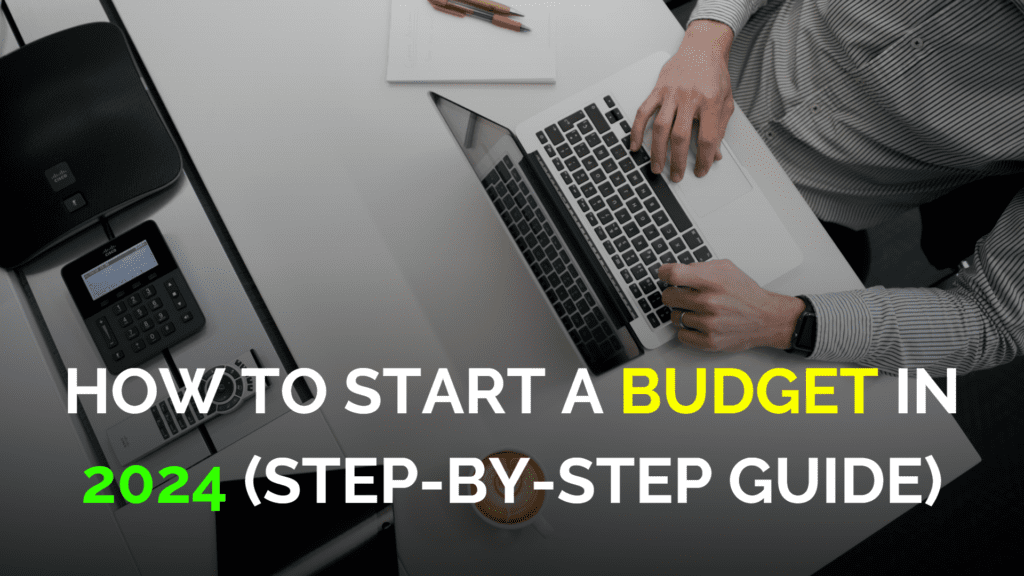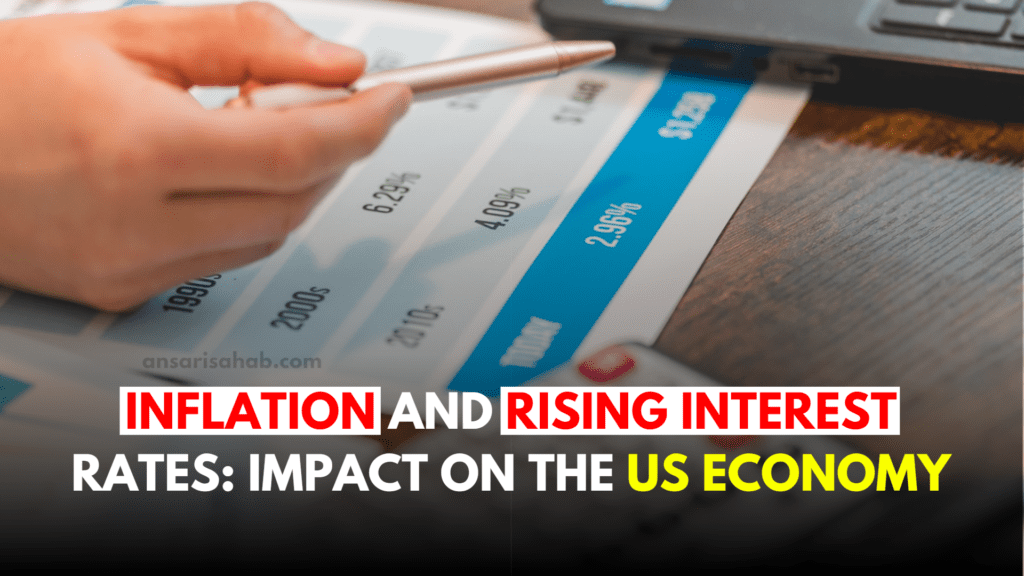Day trading and swing trading are two popular short-term trading strategies. Day traders typically hold positions for minutes or hours, while swing traders typically hold positions for days or weeks. Do you know about these trading strategy?
Both day trading and swing trading can be profitable, but they are also risky. Traders should carefully consider their risk tolerance and investment goals before choosing a trading strategy.
In this blog post, we will compare and contrast day trading and swing trading. We will also discuss some tips for maximizing profits in short-term trading.
What is day trading?
Day trading is a very risky trading strategy because day traders are exposed to the risk of large losses if the market moves against them. This is because day traders typically hold their positions for a very short period of time, which means that they have very little time to react to changes in the market.
Day trading is also a very demanding trading strategy because day traders need to be able to quickly identify and execute trading opportunities. This means that day traders need to have a deep understanding of the market and be able to make quick decisions under pressure.
Here is an example of a day trade:
- A day trader buys 100 shares of a stock at $10.00 per share.
- The stock price rises to $10.10 per share.
- The day trader sells the 100 shares of stock at $10.10 per share.
- The day trader made a profit of $1.00 per share, or $100.00 total.
Read Also: Crypto Trading Bots: Automating Your Way to Profits
What is swing trading?
Swing trading is a less risky trading strategy than day trading because swing traders hold their positions for a longer period of time. This gives swing traders more time to react to changes in the market and to limit their losses.
Swing trading is also a less demanding trading strategy than day trading because swing traders do not need to be able to quickly identify and execute trading opportunities. Swing traders can take their time to research and analyze the market before making a trade.
Here is an example of a swing trade:
- A swing trader buys 100 shares of a stock at $10.00 per share.
- The stock price rises to $11.00 per share.
- The swing trader holds the stock position for a week.
- The stock price falls to $10.50 per share.
- The swing trader sells the 100 shares of stock at $10.50 per share.
- The swing trader made a profit of $0.50 per share, or $50.00 total.
Which trading strategy is right for me?
The best trading strategy for you depends on your individual risk tolerance and time constraints. If you are willing to take on a lot of risk and you have the time to monitor the markets closely, then day trading may be a good option for you. If you are looking for a less risky trading strategy that requires less time commitment, then swing trading may be a better option for you.
It is important to note that there is no guarantee of success in either day trading or swing trading. Both strategies involve risk, and it is possible to lose money. It is important to do your research and to understand the risks involved before starting to trade.
If you are new to trading, it is a good idea to start with a small account and to trade with a demo account before trading with real money. A demo account is a practice account that allows you to trade with virtual money. This is a great way to learn how the market works and to test out different trading strategies without risking any real money.
It is also a good idea to find a mentor who can teach you the basics of trading and help you to develop your own trading strategy. A mentor can be a valuable resource for new traders.
Read Also: Crypto vs. Traditional Investments: Where Should You Put Your Money?
Maximizing profits in short-term trading
Here are some tips for maximizing profits in short-term trading:
- Use technical analysis: Technical analysis is used to identify short-term price movements and trends. There are many different technical analysis indicators and tools that you can use. It is important to find a technical analysis system that works for you and to stick to it.
- Have a trading plan: A trading plan should outline your entry and exit criteria for each trade. It should also outline your risk management strategy. It is important to follow your trading plan and to not deviate from it.
- Be disciplined: Short-term trading can be very emotional. It is important to be disciplined and to stick to your trading plan. Don’t let your emotions get the best of you.
- Use a stop-loss order: A stop-loss order is an order to sell a security when it reaches a certain price. Stop-loss orders can help you to limit your losses.
- Take profits: It is important to take profits when you have them. Don’t let your profits turn into losses.
Additional tips for maximizing profits in short-term trading:
- Start with a small account: When you are first starting out, it is a good idea to start with a small account. This will help you to limit your losses if you make mistakes.
- Trade with a reputable broker: It is important to trade with a reputable broker. A reputable broker will have good customer service and will not manipulate the markets.
- Use a demo account: A demo account is a practice account that allows you to trade with virtual money. Demo accounts are a great way to test out new trading strategies and to learn how the market works.
- Get a mentor: If you are serious about becoming a successful short-term trader, it is a good idea to find a mentor. A mentor can teach you the basics of trading and can help you to develop your own trading strategy.
Short-term trading can be a very rewarding, but it is also a very risky activity. By following the tips above, you can increase your chances of success in short-term trading.
Conclusion
Day trading and swing trading are two popular short-term trading strategies. Both strategies can be used to generate profits, but they have different risk profiles and require different skills and strategies.
The best trading strategy for you depends on your individual risk tolerance and time constraints. If you are willing to take on a lot of risk and you have the time to monitor the markets closely, then day trading may be a good option for you. If you are looking for a less risky trading strategy that requires less time commitment, then swing trading may be a better option for you.
Disclaimer: This blog post is for informational purposes only and should not be construed as investment advice. The author is not a financial advisor, and this blog post does not constitute a personal recommendation to buy or sell any security. Investors should always do their own research and consult with a financial advisor before making any investment decisions.
Please note that there is no guarantee that any trading strategy will be successful, and investors should be prepared to lose money.
FAQ (Frequently Asked Questions)
Day trading involves very short-term positions, while swing trading involves holding positions for a longer period. Day trading is riskier and more demanding, while swing trading is less risky and requires less active monitoring.
Yes, day trading is riskier due to its short timeframes, making traders vulnerable to rapid market changes. Swing trading offers a more extended window to react and manage potential losses.
Your choice depends on your risk tolerance and time commitment. If you can handle high risk and have time for active monitoring, day trading may be suitable. For lower risk and less time commitment, swing trading is a better option.
No, there are no guarantees of success in either strategy. Both involve risks, and traders can lose money. It’s essential to understand the risks and conduct thorough research.
A stop-loss order is a preset price at which a trader agrees to sell a security to limit potential losses.
Starting with a small account helps beginners limit losses in case of mistakes and gain experience without risking significant capital.
A demo account is a practice account with virtual money, allowing traders to learn and test strategies without risking real capital.
Short-term trading can be emotional, and discipline helps traders stick to their plans and avoid making impulsive decisions.
Technical analysis involves using indicators and tools to identify short-term price movements and trends. Traders use this analysis to make informed decisions.
A mentor can provide guidance, teach the basics of trading, and help develop a trading strategy, which can be invaluable for new traders looking to succeed in the market.









